Desert Arboretum at Bosque del Apache
/I spent some time in the Desert Arboretum at the Bosque del Apache National Wildlife Refuge on our last full day at the Festival of the Cranes. Almost immediately I spotted a dragonfly that wasn’t sitting still but would pause long enough to be photographed. I was glad to have the extra power of the digital zoom on my new camera.
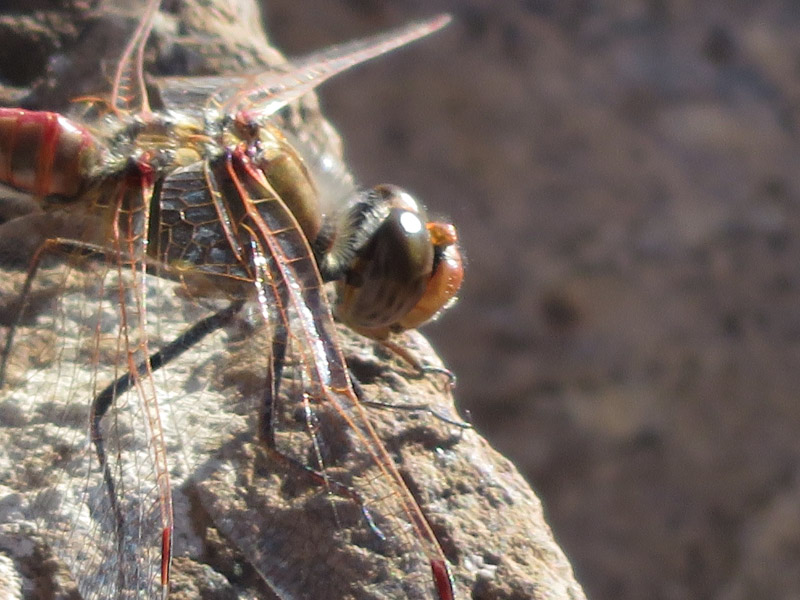
I also spotted some white-crowned sparrows which I had been told about on one of our tours…but hadn’t seen. They nest in the far north and are only in the US during the winter. They have very distinctive black and white stripes on their heads.
Rather than take pictures of whole cactus plants, I decided to look more closely at the spines. At first, I looked for color.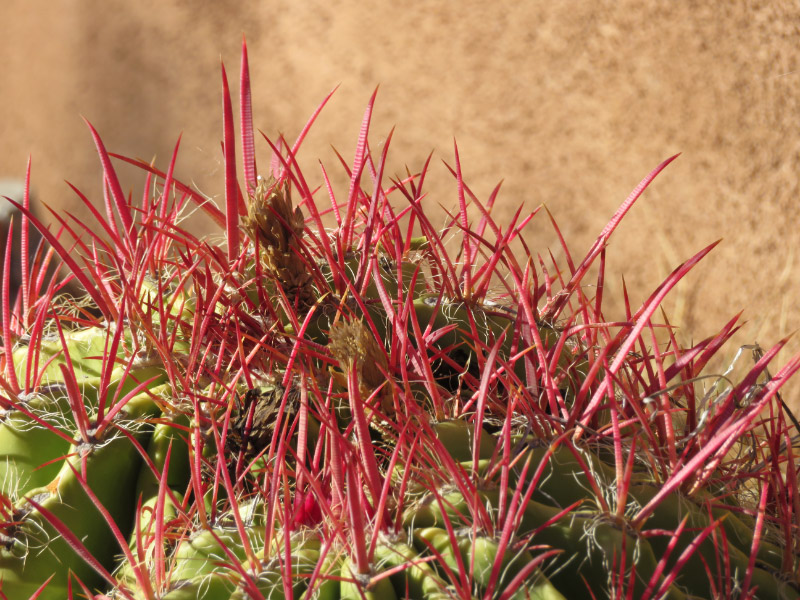
Then I looked more closely about how the spines were attached to the fleshy part of the cactus. I did a series that zoomed in more and more and discovered that the spines almost look like they pierce the flesh rather than grow out of it!
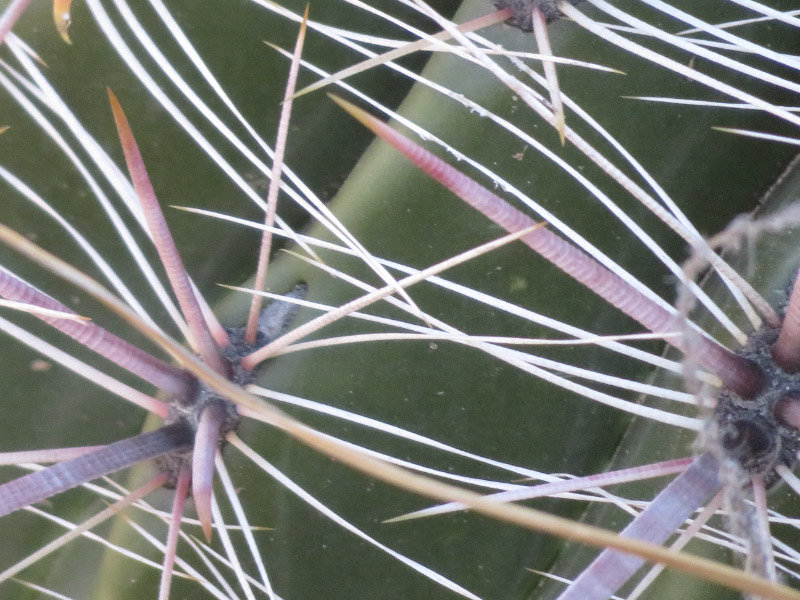

The image below are some prickly pear spines.
Some spines look sharper than others…or maybe it is the golden color of the spines that make them look more menacing. Again – there is a grayish mass (like a blob of putty) where they go into the cactus flesh.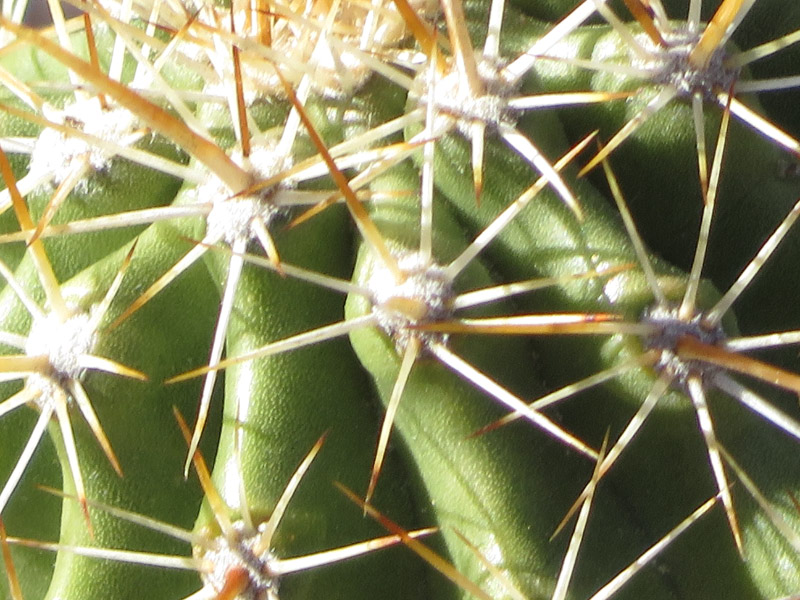
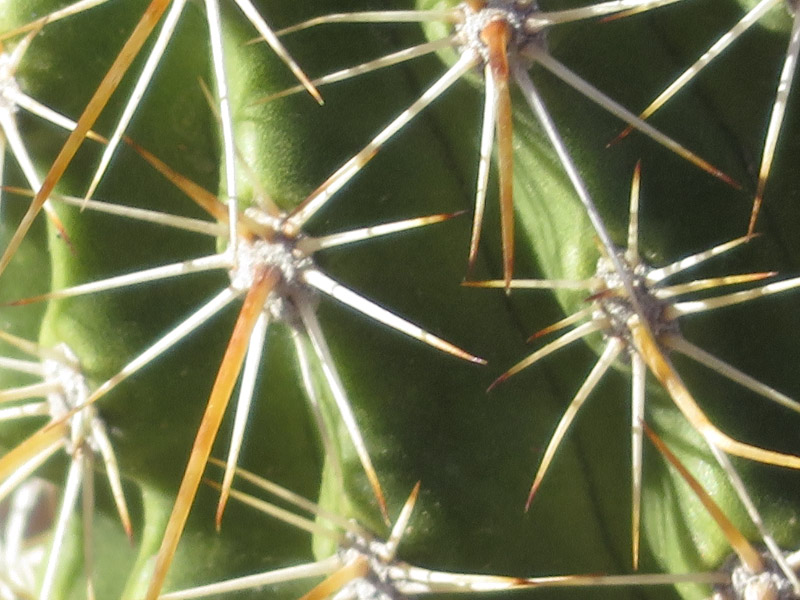
Enough about spines. There was a gall on one of the plants that reminded me a little of the cedar apple rust gall I’d seen at Mt. Pleasant Farm last spring (described in this post).
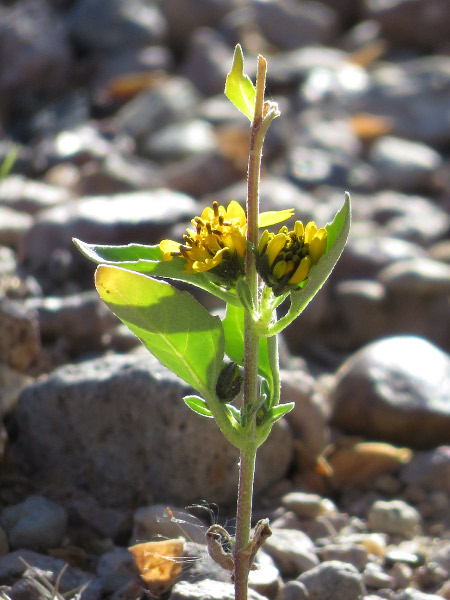 The only bloom I saw was a tiny plant that looked like the top had been eaten.
The only bloom I saw was a tiny plant that looked like the top had been eaten.
I couldn’t resist taking a picture of the yucca pods. Yucca pods have always been one of my favorite seed pods. There are some I harvested about 40 years ago in a dried arrangement at my house!


























